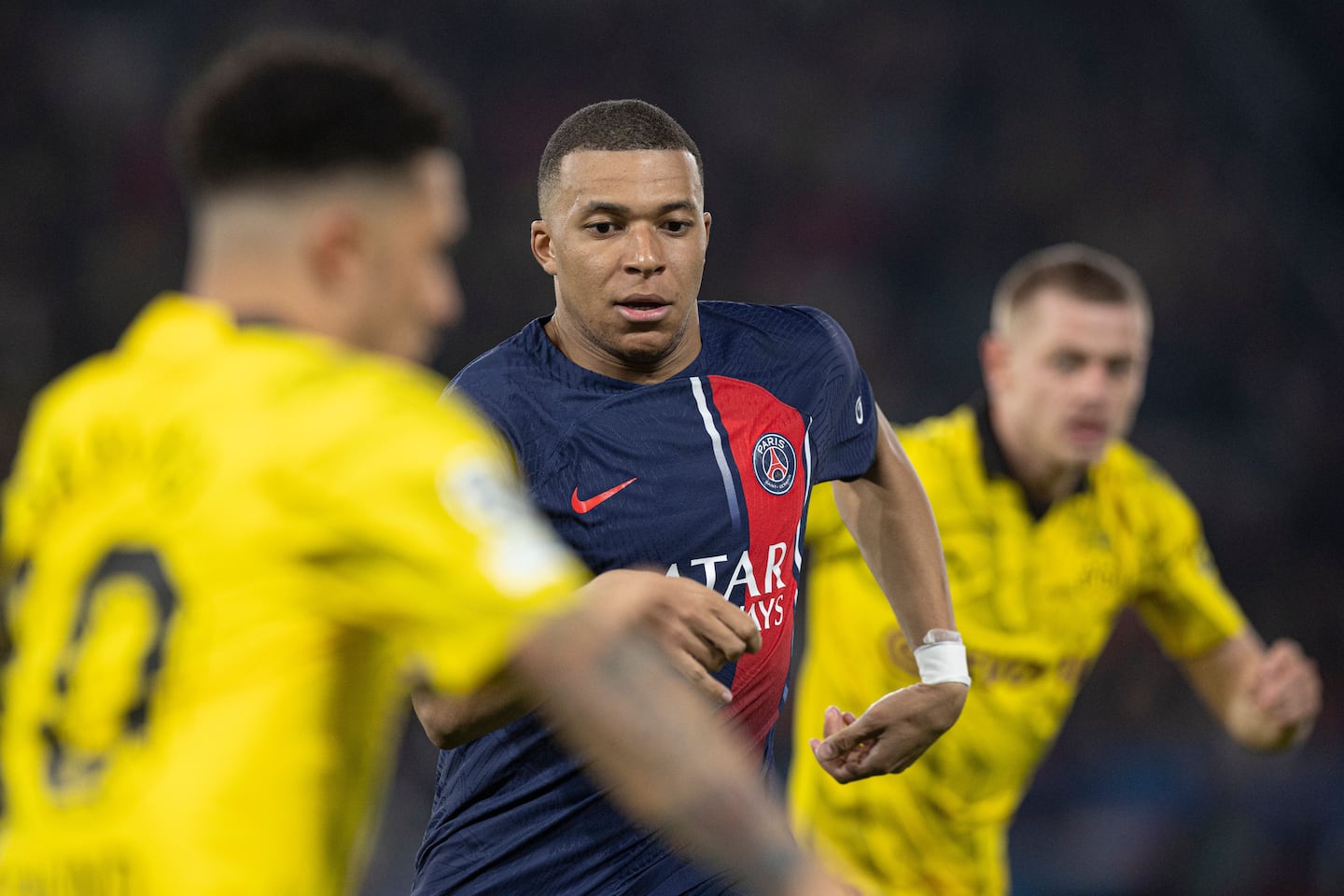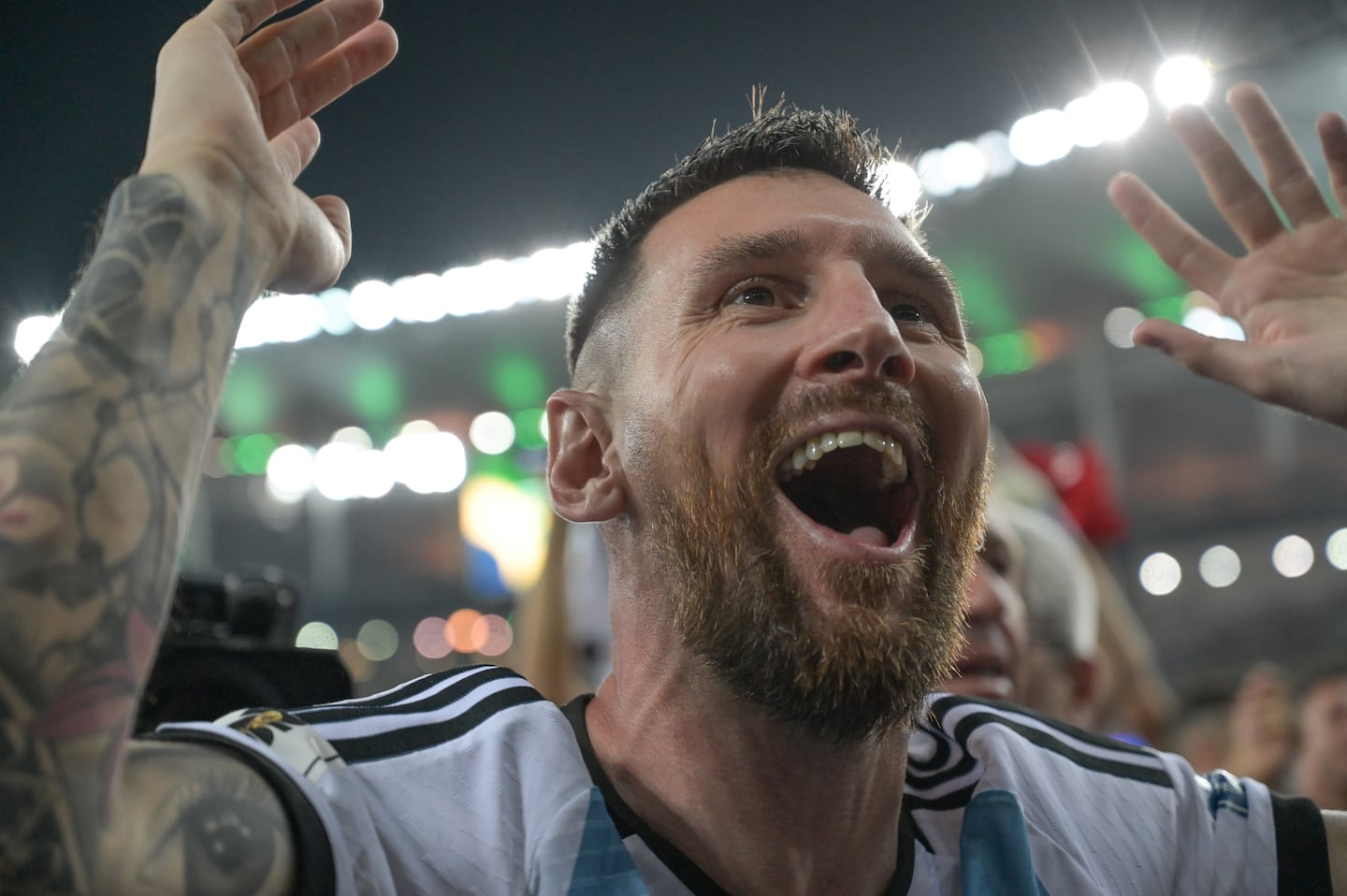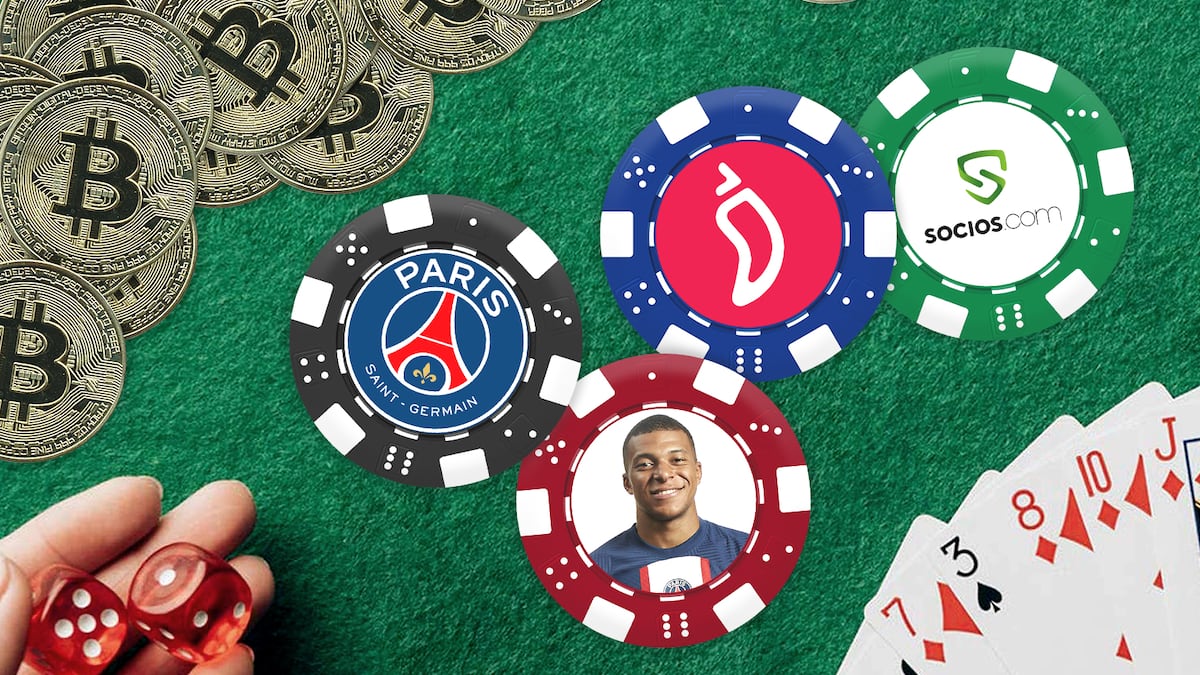- Holders of Paris Saint-Germain's coin had a wild ride this week in Champions League action.
- Wins on the pitch don't mean gains in the market.
- Argentina's national team token behaved strangely after World Cup triumph.
As fans filled a Paris stadium Tuesday night to watch a match between soccer clubs Paris Saint-Germain and Borussia Dortmund, traders were also piling into PSG’s sports coin.
Excitement was running high as PSG’s superstar forward Kylian Mbappé looked for a goal to send his club to the Champions League final on June 1.
By the 26th minute of the match, traders had bid up the PSG digital token 4%.
Then Dortmund’s Mats Hummels headed in the game’s only goal for victory and the token plunged more than 18%, according to CoinGecko.
Wild ride
The token’s rollercoaster ride might have been wild, but it made sense — losses on the pitch should translate into declines in the market.
And yet in Spain, holders of Sevilla FC’s sports coin surged 14% on Wednesday, and while holders are celebrating their good fortune they are also scratching their heads
Sevilla had no crucial matches, nor did it make any major trades or key coaching hires. At 12th place in La Liga with two games left in the season, there wasn’t much to cheer about.
So why is Sevilla’s sports coin flying high?
No one knows.
Welcome to the weird and wild world of sports coins, which blur the line between fan engagement, sports gambling, and pure crypto speculation.
Stocked with dozens of coins, this corner of crypto is worth around $3 billion in market value.
Many famous professional sports teams feature their own tokens — FC Barcelona, Manchester City, and Arsenal FC boast tickers — as do the national soccer teams from Spain, Brazil, and Argentina.
While the tokens demonstrate cross pollination between global brands and crypto, what truly differentiates the offerings are their utterly unpredictable behaviour.
When Lionel Messi led Argentina to its World Cup victory over France in December 2022 you would have expected the team’s token, ARG, to soar.
You’d be wrong — it actually slipped more than 3% the day of the game, according to CoinGecko data. And it went on to lose three-quarters of its value by the end of the year.
‘The potential price swings, up and down, can be larger and depend more on the market and not purely on sports events.’
— Playmaker
Unlike conventional sports bets, numerous factors that have nothing to do with the outcomes of games affect the valuations of sports coins.
“The potential price swings, up and down, can be larger and depend more on the market and not purely on sports events,” Playmaker, a pseudonymous sports coin trader, told DL News.

The largest sports coin by far is PSG’s, which is worth more than $47 million.
Unsurprisingly, these offerings are often compared with memecoins, which drives Alexander Dreyfus nuts.
Not a memecoin!
He’s the CEO of Chiliz, a French crypto firm and the top issuer of the sports coins.
“It would be very insulting to the six years of work of developing the utility of the token,” he told DL News in a recent interview.
Utility? Well, as it happens, these coins do have a function — they let holders vote on their club’s jersey designs, the music played when the players take the pitch for matches, and even the Person of the Match.
Voting tokens
Chiliz developed an app called Socios to manage the voting. And clubs that sign on must adhere to the results — it’s written in their contracts.
Chiliz rolled out sports coins in 2018 as a novel way to connect fans and teams.
Christian Ott, the founder of analytics platform Rocketfan, which tracks sports coins around the market, said he’s participated in hundreds of these polls via the app.
Sports coins purchased on centralised exchanges such as Binance rather than through the app don’t have the same voting capabilities.
“If you’re buying it on an exchange, most probably you’re buying it to speculate,” he said.

Ott explained that the polls range across categories. Some votes ask fans to vote on a club’s social media posts or the awards given to players.
Ott’s favourites are the in-game polls. “You can watch TV, and you see your decision that you made in the app play out,” he said.
That hasn’t excluded him from speculating on these coins, though.
Alongside voting on club outcomes, he explained how he implements an indexing strategy — a way to minimise risk by trading a basket of assets — to play in sports coins.
“My strategy over the past two years has been to just have every single fan token,” he told DL News.
“I have a small quantity of every single fan token, and if one of them moves in a way that I think is not sustainable over the long run, then I allocate it to other fan tokens.”
This strategy helps even out the random spikes in token prices.
The token for the Italian club Lazio, for example, was down more than 7% on Wednesday. Its last match was five days ago, and the team doesn’t have any matches until this weekend.
Ott said the larger sports coins are more impacted by results than the smaller ones, which have less liquidity.
Possible explanations
Like Ott’s analytics platform, Playmaker has built an audience on X dishing out possible explanations for sports coins’ movements.
The crypto market writ large is at the top of the list.
“Bitcoin could fall sharply in price just before or during the match or event,” Playmaker, who started trading sports coins in 2021, told DL News.
Yet when PSG lost to Dortmund in the first leg of the Champions League on May 1, he tweeted that the sports coin dropped 15%.
“This time [it was] due to sporting events.” he said.
Liam Kelly is DL News’ Berlin correspondent. Contact him at liam@dlnews.com.
